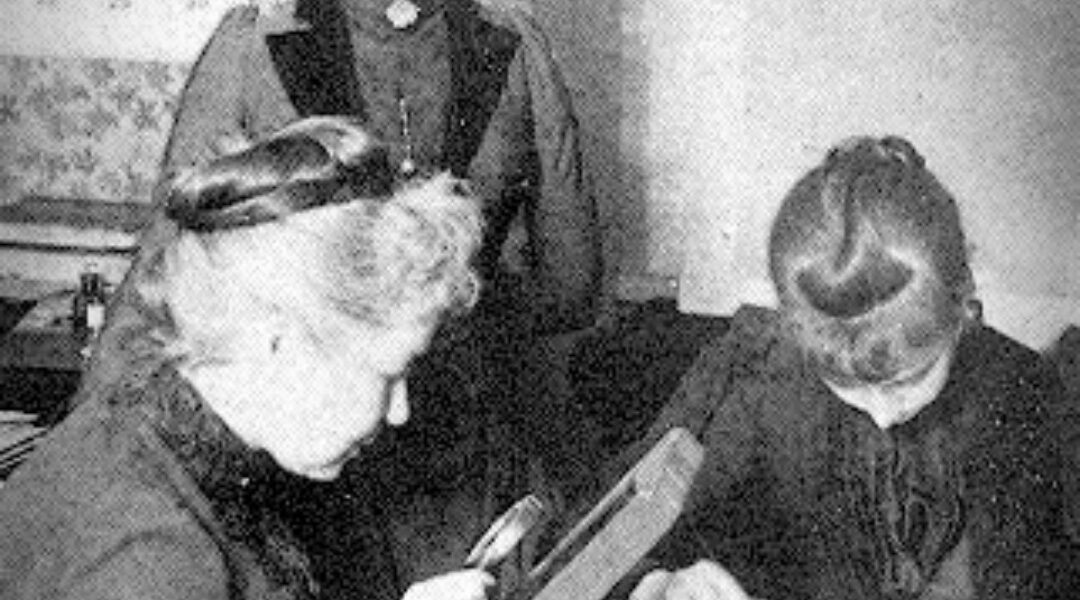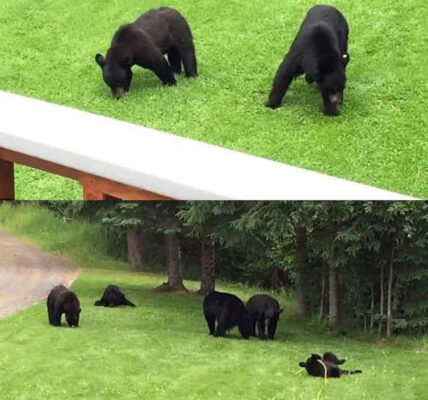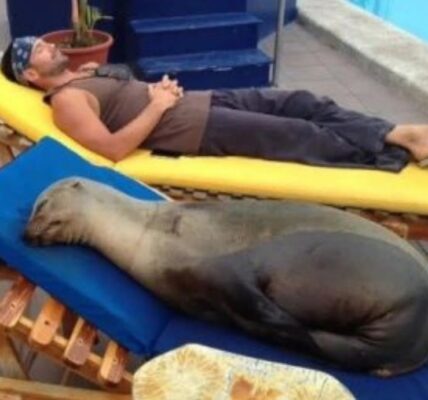In the 1870s, a young woman named Williamina Fleming crossed the Atlantic from Scotland to America, her heart full of hope and her future unwritten. She was newly married, in her early twenties, and expecting her first child. But not long after arriving in the United States, her world fell apart — her husband abandoned her, leaving her alone in a foreign land, penniless, and pregnant.
With no one to turn to, Williamina did what she could to survive. She took a position as a housekeeper in the home of Edward Pickering, the director of the Harvard College Observatory. She swept floors, cooked meals, and tended to daily chores — all while quietly hiding a brilliant mind behind her humble duties.
One day, as the story goes, Pickering grew exasperated with his male assistants, who had been slow and careless in their astronomical calculations. In a moment of frustration, he reportedly said:
“My Scottish maid could do better.”
And then — he gave her the chance to prove it.
Williamina seized that chance with both hands. Her keen eye, sharp intellect, and tireless work ethic soon revealed a rare talent for observation and analysis. What began as an act of necessity became a career that would change astronomy forever.
In 1881, Williamina was officially hired at the Harvard College Observatory. She became the first of the “Harvard Computers” — a pioneering group of women who would transform how humanity understood the stars.
Their task was monumental: to map the heavens, star by star, using thousands of glass photographic plates that captured the night sky. Each plate was a window into the cosmos, filled with dots of light that needed to be cataloged, measured, and classified. These women — often paid half the wage of a man — did the painstaking, precise work that would lay the foundation for modern astrophysics.
Williamina excelled. Her meticulous attention to detail and her passion for discovery propelled her upward. Within just a few years, she rose to become curator of astronomical photographs, overseeing a team of women and leading some of Harvard’s most important research.
Her contributions were extraordinary. She discovered hundreds of variable stars, 10 novae, and the Horsehead Nebula — one of the most iconic images in astronomy today. She helped establish the first comprehensive classification system for stars based on their spectra — a system that would later evolve into the one still used by astronomers around the world.
Williamina’s achievements earned her international recognition, including the Guillaume Bigourdan Medal and an honorary membership in the Royal Astronomical Society — honors almost unheard of for women of her time.
Yet, through it all, she remained humble — driven not by glory, but by an unrelenting curiosity and a deep love of the stars.

When she looked through the telescope or studied the silvery plates of the night sky, she wasn’t just mapping constellations — she was reclaiming her own destiny. From an abandoned wife to a mother, from a maid to a scientist, Williamina Fleming’s story became a shining example of what can happen when brilliance meets opportunity.
Her legacy lives on not only in the stars she discovered but in every woman who dares to step into fields once closed to them.
Because her life proved something simple and timeless:
Brilliance can come from anywhere — if only it’s given the chance to shine.




